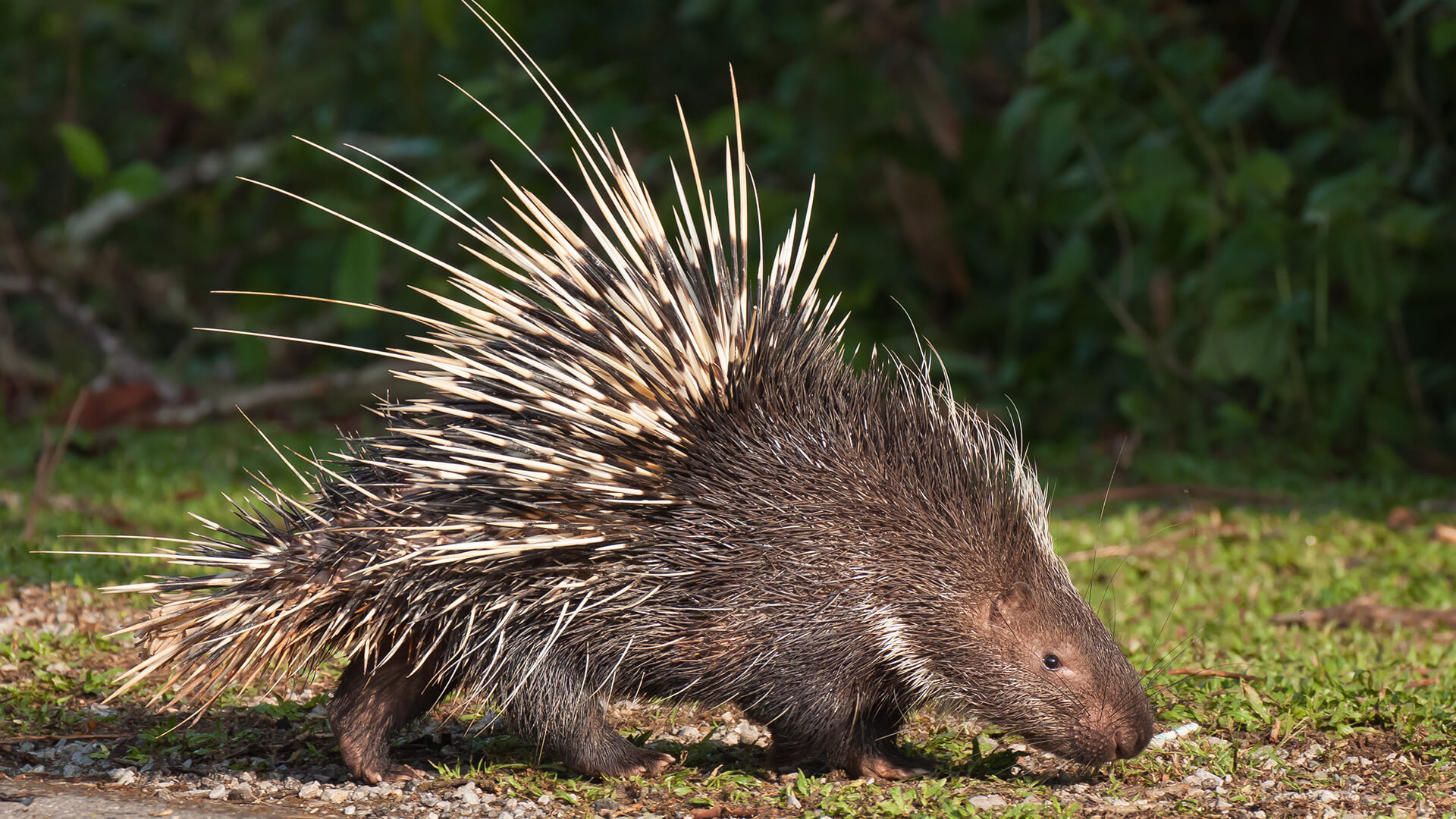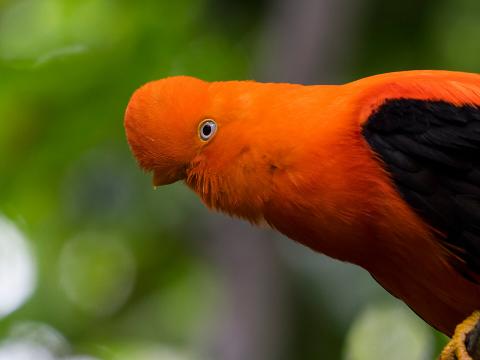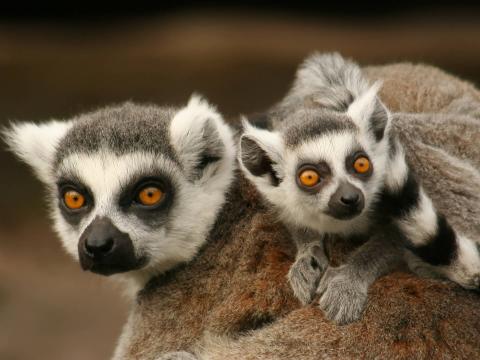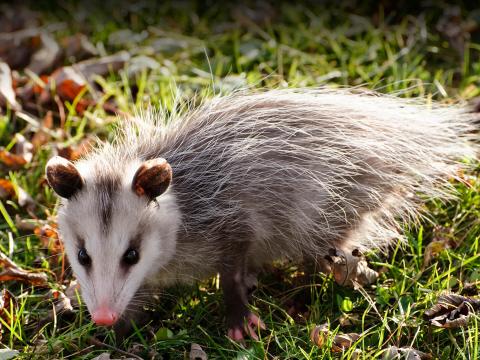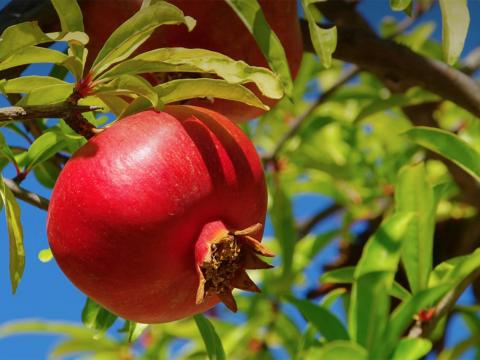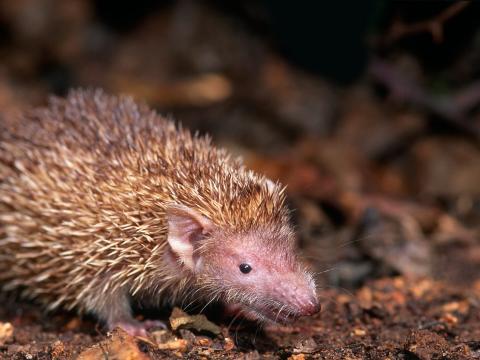Porcupine
- CLASS: Mammalia (Mammals)
- ORDER: Rodentia
- FAMILY: Hystricidae (Old World porcupines), Erethizontidae (New World porcupines)
- GENERA: 7
- SPECIES: 23
ABOUT
Porcupines are a type of rodent found in two main regions of the world, so scientists group them into either Old World or New World porcupines. Old World porcupines live in Europe, Africa, and Asia; some examples are the North African crested porcupine, African brush-tailed porcupine, and Indian crested porcupine. New World porcupines live in North, Central, and South America; some examples are the Canadian porcupine, Mexican hairy dwarf porcupine, and Brazilian porcupine.
All porcupines are nocturnal and quite adaptable, found in a variety of habitats, as long as there is vegetation. There are a few differences between Old World and New World porcupines:
Old World crested porcupines have back quills that can stand up into a crest (like a Mohawk hairdo). The crest starts from the top of the head and goes down to the shoulders. They display their weaponry for all to see. Each quill is marked with black and white bands. Some quills can be up to 20 inches (51 centimeters) long. These long, pliable quills act as guard hairs and form a "skirt." When threatened, the skirt can be erected, making the porcupine appear two to three times bigger.
Smaller, rigid quills that are 8 inches (20 centimeters) long are densely packed over the Old World porcupine’s rump and back. These can stab any potential threat. At the base of the tail, the porcupine has blunt, hollow quills that rattle when shaken, serving as a warning to potential predators. If the noise doesn't work, the porcupine may try to charge backward into the predator. When threatened, a crested porcupine stamps its feet, growls, and grunts to scare off the predator.
The quills of New World porcupines are much smaller (about 4 inches or 10 centimeters long) but work just as well. The end of each quill has a small barb (like a fish hook) that snags the flesh, keeping the quill stuck in the enemy's skin. Any animal with a quill lodged in its skin will have a hard time removing it if it doesn't have fingers and thumbs! When threatened, New World porcupines erect quills that jut out in various directions, like a pincushion. The porcupines may stand still in a defensive pose, or they may charge the enemy. New World porcupines are also known to lash out at predators by batting at them with their quill-laden tails. During fights, New World porcupines also chatter their teeth to sound fierce.
Porcupines cannot shoot their quills! Quills are just modified hairs made out of keratin, the same substance found in our own hair and fingernails. The quills do not cover the underside of the porcupine. Porcupines have muscles at the base of each quill that allow them to stand up when the porcupine is excited or alarmed. Like all hairs, quills do shed, and when the porcupine shakes, loose quills can fly off (but without deadly force). Still, the quills can cause problems, and puncture wounds inflicted by porcupines are serious.
Having quills does not mean that the porcupine's life is trouble free. Large cats, especially lions, and human hunters (bushmeat trade) threaten Old World porcupines. New World porcupines’ predators include martens, wolverines, pythons, eagles, and great-horned owls. One porcupine predator, the fisher, is able to flip the North American porcupine onto its back, exposing its unprotected belly. In fact, the fisher has been reintroduced to some areas of North America in hopes of bringing destructive porcupine populations under control.
There are still many myths and misunderstandings about porcupines, just as there were in ancient times. The philosopher Aristotle warned of the dangers of getting too close to a porcupine: the quilled beast could "shoot its deadly needlelike darts" over great distances at hunters and dogs alike. After reading this far, you know that is not true!
HABITAT AND DIET
Old World porcupines spend their life on the ground. They are somewhat social, sometimes traveling in pairs. They find shelter in caves, rock crevices, holes, or burrows that they may have dug. They sometimes rest in abandoned aardvark holes, which they may change to suit their own needs. Old World porcupines do not climb or jump well, but they are excellent swimmers.
New World porcupines spend most of their time alone or in pairs moving through the trees. They may den in tree nests, rock crevices, brush, logs, or in tangled tree roots. All New World porcupines have long, curved claws that are excellent for climbing. Prehensile-tailed porcupines have tails that curl around branches, anchoring them to a tree.
All porcupines have a great sense of smell. To make quick work of available food, these herbivores have sharp, chisel-like front teeth. They tend to forage alone rather than in groups, except for a mother with her young. Old World porcupines eat bark, roots, fruits, and berries. In rural areas, they may eat farmed crops, such as groundnuts, potatoes, pumpkins, and melons.
New World porcupines eat pine needles and bark, roots, stems, leaves, berries, meadow grass, seeds, flowers, nuts, aquatic vegetation, fruits, and tubers. Some take fruit and corn from plantations. The North American porcupine has earned a bad reputation for killing timber and ornamental trees by stripping bark from the trunks.
Porcupines may gnaw on bones to sharpen their teeth and to get salt at the same time. Their strong teeth and jaws even help them crack open nuts. On occasion, porcupines eat insects and small lizards.
At the San Diego Zoo and the San Diego Zoo Safari Park, porcupines eat variable vegetables and greens, corn, and low-starch, high-fiber biscuits.
FAMILY LIFE
Porcupines patrol their territory nightly and defend their feeding areas. They may travel outside their home range in pursuit of a mate or in search of a nice salt lick. If two adults are together, it is usually a mated pair or siblings.
So, how do porcupines breed without injuring each other? Very carefully, of course! Males vie for a female during noisy battles. The victor then whines and stomps his tail to impress his lady. If she seems interested, he sprays her with urine, which signals her to lower her quills and move her barbed tail to the side for mating.
Porcupine babies, called porcupettes, are not born with sharp or barbed quills, thank goodness! Instead, the porcupette's quills are soft and bendable, gradually hardening in the first few days after birth. The youngsters stay with their mother for just a few months before they are ready to live on their own.
CONSERVATION
Porcupines have been exterminated in populated parts of Africa because they eat root crops. People also collect quills for ornaments. The thin-spined porcupine Chaetomys subspinosus is listed as vulnerable, losing its habitat due to cocoa plantations in northeastern Brazil. The Phillipine porcupine Hystrix pumila is also vulnerable, due to the rapid loss of its forest habitat and the pet trade. Both are also hunted as food.
By supporting San Diego Zoo Wildlife Alliance, you are our ally in saving and protecting wildlife worldwide.

